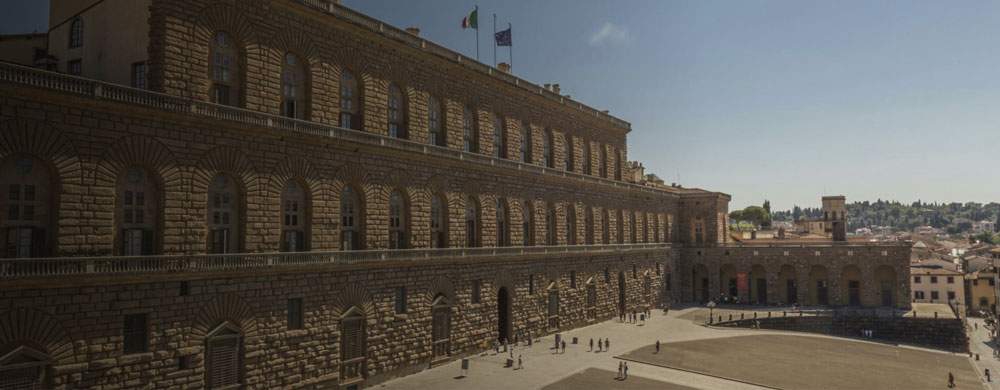Palazzo Pitti will for the first time be fully scanned in 3D with the help of drones, photographers and state-of-the-art electronic systems such as state-of-the-art laser scanners. The result will be a complete and accurate digital model like never before. Until now, an organic survey of the former grand ducal palace has never been carried out due to the characteristics of its structure. Thanks to the agreement between the Uffizi Galleries and the Department of Civil and Environmental Engineering of the University of Florence, the three-dimensional architectural survey of the building has now begun. This work will last for two years and will be taken care of by the team of researchers from the University of Florence in collaboration with the Uffizi Galleries’ technicians, coordinated by Professor Grazia Tucci for the University of Florence and architect Elena Pozzi, curator of the architectural heritage of Palazzo Pitti, for the Galleries.
“The acquisition campaign, that is, the analytical collection of all the Palace’s 3-D metric data by resorting to integrated geomatic techniques, such as topography, laser scanning, and terrestrial and drone photogrammetry, is underway these weeks,” said Professor Grazia Tucci, director of the Geomatics Laboratory and professor of Geomatics for Conservation and Topography and Information Systems at the University of Florence, “which is necessary to capture portions of the complex that are otherwise unreachable, as is the case with the imposing facades of the Reggia, which are made more complex by the strong overhang of the ashlars and roofs. Making a 3-D survey of such an articulated space today undoubtedly brings state-of-the-art technologies into play, but ensuring high levels of accuracy and completeness is a challenge that requires adequate expertise to produce a model that is both architecturally detailed and useful and manageable for preventive maintenance: in short, the goal is to build a digital twin of a complex architecture.”
To bring a single reference system to life, special targets made up of black-and-white fielded signs will be used to identify fixed landmarks in real space, which will then be brought back into virtual space.
Once the data acquired with the different technologies are aligned with each other, it will be possible to start the graphic restitution phase of the complex. The director of the Uffizi Galleries, Eike Schmidt, commented, "Thanks to the total and millimeter scanning of the building and the computer processing of the data, a fundamental tool will soon be available for the knowledge, study, conservation and enhancement of the architectural heritage of the Pitti Palace; in the near future, moreover, this work will make it possible to experiment with the use of the BIM method for the integrated management of maintenance and planning of interventions on the complex: a perspective that places the relevant activity - the one underway - within the framework of an important modernization process in the management and maintenance of our architectural heritage."
 |
| Total 3D scan for Pitti Palace. It's the first time for the former Medici palace |
Warning: the translation into English of the original Italian article was created using automatic tools. We undertake to review all articles, but we do not guarantee the total absence of inaccuracies in the translation due to the program. You can find the original by clicking on the ITA button. If you find any mistake,please contact us.